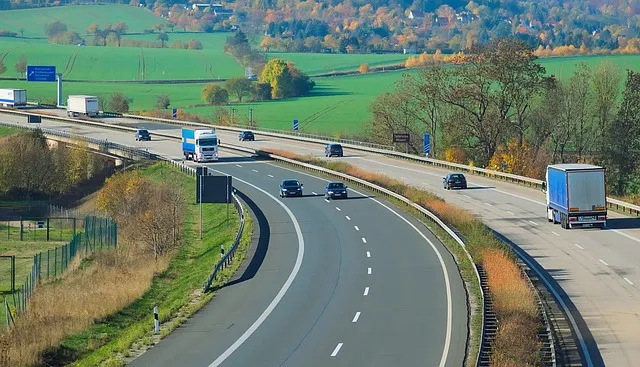Farmers in the United States often need to move agricultural machinery on highways to travel between fields or transport equipment for repairs. However, this comes with costs that can add up fast. From fuel and maintenance to permits and safety upgrades, understanding these expenses helps farmers plan their budgets. Let’s explore the main costs for agricultural machinery to travel on the highway and what affects them.
Fuel Costs
One major cost is fuel. Agricultural machinery like tractors and combine harvesters isn’t designed for fuel efficiency like regular vehicles. A typical tractor might use 5 to 10 gallons of diesel per hour, depending on its size and speed.
Since highway trips often cover more distance than fieldwork, fuel expenses can rise quickly. With diesel prices around $3 to $4 per gallon in 2025, a 20-mile trip could cost between $30 and $80. Farmers should expect higher fuel costs during busy seasons like planting or harvest when equipment moves more often.
Maintenance and Wear
Highway travel puts extra strain on agricultural machinery. Hard pavement and faster speeds wear down tires, brakes, and other parts more than field use does.
Tires marked “not for highway use” may still be legal but won’t last as long, increasing replacement costs. A new tractor tire can range from $500 to $1,500. Frequent highway trips might mean replacing multiple tires, which gets expensive. Regular maintenance—like oil changes, brake checks, and lubrication—also goes up. Experts estimate maintenance costs can increase by 10% to 20% with heavy road use, adding $50 to $200 per year per machine.
Permits and Legal Fees
Depending on your state, you might need permits to move agricultural machinery on highways. Standard equipment like tractors or planters usually doesn’t require permits for short trips between fields. However, oversized machinery—wider than 8.5 feet—or cross-state travel might need an over-width permit.
Here’s a quick look at permit costs:
| Permit Type | Cost Range | Notes |
|---|---|---|
| Single-Use Permit | $10 – $50 | For one trip, varies by state |
| Annual Permit | $100 – $300 | Cost-effective for frequent moves |
| Fines (No Permit) | $100 – $1,000+ | If caught without required permit |
States like California and Texas have strict rules, while Iowa might be more lenient. Check local regulations to avoid hefty fines.
Safety Equipment Costs
Safety is critical on highways. Laws often require a Slow Moving Vehicle (SMV) emblem, which costs $10 to $20. You’ll also need working lights and reflectors for visibility, especially at dawn or dusk. Adding or replacing these might cost $50 to $150 per machine.
Some farmers add warning beacons or flags for extra safety, costing $20 to $50 more. These expenses are small but add up across multiple machines.
Labor and Time
Driving agricultural machinery takes time and effort. A 10-mile trip at 20 miles per hour takes about 30 minutes, not counting prep or stops. If you pay a worker $15 per hour, that’s $7.50 per trip, plus time for servicing the machine.
For busy farmers, this cuts into fieldwork, reducing productivity. It’s not a direct cost, but it’s a real expense in terms of lost opportunities.
Insurance Considerations
Most farm insurance covers agricultural machinery on highways as part of normal operations, with no extra fees. But towing equipment with a registered truck might raise your truck’s insurance by $100 to $500 per year. Check your policy—frequent highway use or oversized loads could mean higher premiums.
What Affects the Costs?
Several factors influence the costs for agricultural machinery on highways:
- Distance: Longer trips increase fuel and wear.
- State Rules: Stricter states have higher permit fees.
- Machinery Type: Lightweight tractors cost less to move than heavy combines.
- Time of Day: Night travel needs more lighting, raising safety costs.
Tips to Save Money
Farmers can lower costs with smart planning:
- Use back roads to cut highway time.
- Maintain equipment to reduce repairs.
- Get annual permits for frequent moves.
- Share transport costs with neighbors, like using a group trailer.
Conclusion
The costs for agricultural machinery to travel on the highway include fuel, maintenance, permits, safety gear, labor, and sometimes insurance. A typical trip might cost $50 to $200, but larger machines or longer hauls can push it higher. By understanding these expenses and planning wisely, farmers can manage their budgets and keep equipment moving smoothly.

